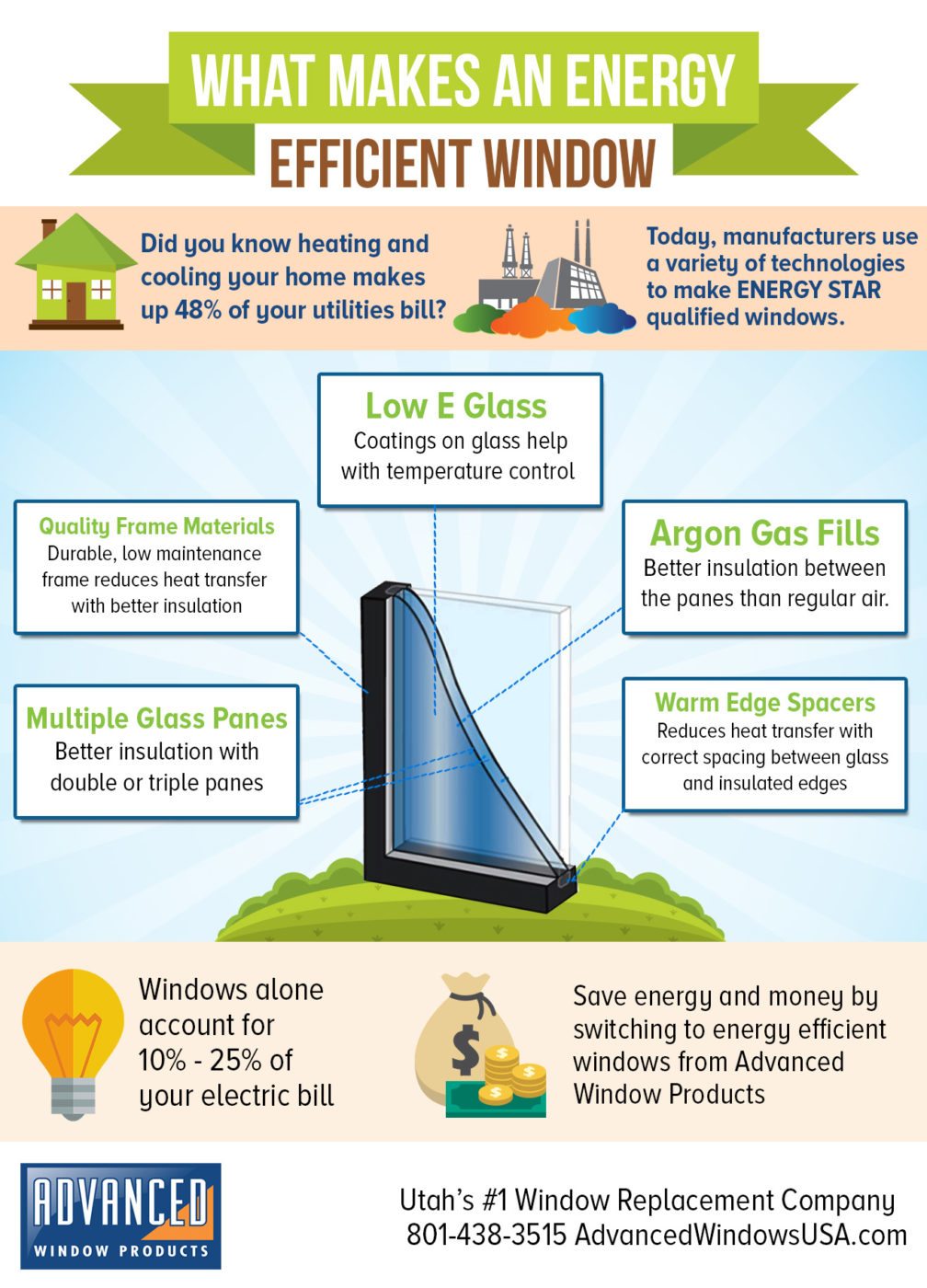Get The Fundamental Pressure Cleaning Techniques Especially Created For Different Surface Area Types To Attain Impressive End Results-- Uncover The Tricks To Attaining A Perfect Coating
Get The Fundamental Pressure Cleaning Techniques Especially Created For Different Surface Area Types To Attain Impressive End Results-- Uncover The Tricks To Attaining A Perfect Coating
Blog Article
Team Writer-Hyde Puckett
When it comes to push cleaning, the technique you choose can make all the distinction in attaining a tidy, streak-free surface. You could find that hard surfaces, like concrete, require a different method than softer products, such as wood or vinyl. It's important to adapt your approaches to the surface kind to avoid damage while making best use of cleaning performance. So, what are the most effective techniques for each and every surface area, and how can you ensure you're using the appropriate settings and devices for the task? Let's discover what you need to recognize to get the most effective outcomes.
Difficult Surface areas
When it concerns push cleaning tough surfaces, prep work is key. Before you even think of pulling out the stress washer, take the time to clear the area of any kind of debris, furniture, or barriers. You do not want anything getting in your means or potentially harmful your devices.
Next, inspect the surface for any fractures or damages; this will assist you determine the appropriate method and pressure setups.
Once you've prepared the area, it's essential to choose the best nozzle. For mouse click the next web site like concrete or brick, a slim nozzle (15 or 25 degrees) works best to supply a concentrated stream of water that can efficiently eliminate grime and spots. Always start at a distance and gradually relocate better to prevent any kind of surface damages.
As you start washing, maintain the wand transferring to protect against touches and over-saturation. It's additionally valuable to function from the top down, enabling dirt and particles to wash away naturally.
Finally, bear in mind to rinse the surface completely after cleaning to get rid of any kind of leftover detergent. With these strategies, you'll accomplish a tidy and refreshed look on all your tough surface areas.
Soft Surfaces
Stress washing soft surfaces needs a gentler method to protect them from damage. Whether you're cleaning your deck, patio area furniture, or exterior siding, using way too much pressure can cause dents, scratches, or perhaps irreparable harm.
Begin by choosing a low-pressure nozzle, ideally a 25-degree or broader spray pattern, to disperse the water much more carefully.
Before you begin, it's critical to pre-treat any stains with an appropriate cleansing solution. best window cleaner enables the cleaner to penetrate the dust and crud, making it simpler to remove without rubbing too hard.
Constantly apply the service from all-time low approximately protect against spotting.
When you begin stress washing, keep a distance of at least 12 to 18 inches from the surface. Relocate your stick in a sweeping activity, keeping it alongside the surface to prevent concentrated stress on one place.
Rinse the area thoroughly after cleansing to eliminate any type of residual cleaner.
Finally, evaluate related website for any missed areas and duplicate the procedure if necessary. By adhering to these actions, you can properly tidy soft surfaces while preserving their stability and look.
Specialty Surfaces
Cleaning soft surface areas requires care, but specialized surfaces require a lot more focus to information. When you deal with these surface areas, like delicate wood, discolored concrete, or particular kinds of siding, making use of the right stress cleaning techniques is critical to prevent damage.
First, assess the product. For instance, treated wood can frequently endure modest pressure, yet softer timbers like cedar might need a reduced setting. Constantly begin with the most affordable pressure and slowly raise if required.
For stained concrete, utilize a follower spray nozzle and preserve a regular distance to avoid engraving the surface area.
When managing surface areas like plastic house siding or painted surface areas, a vast spray pattern aids disperse the stress uniformly, protecting the coating.
It's also important to use detergents particularly designed for specialty surface areas. They can improve cleansing without jeopardizing the product.
Wash completely after cleaning to get rid of any residue, as it can bring about staining or deterioration gradually.
Conclusion
In conclusion, grasping pressure cleaning methods for different surface areas can make all the distinction in your cleaning outcomes. For tough surfaces, stick to narrow nozzles and a top-to-bottom technique, while soft surfaces need a gentler touch with broader nozzles. Don't forget to pre-treat spots and rinse completely to stay clear of residue. By adapting your methods per material, you'll not only attain a cleaner finish but likewise secure the integrity of your surfaces. Pleased cleansing!
